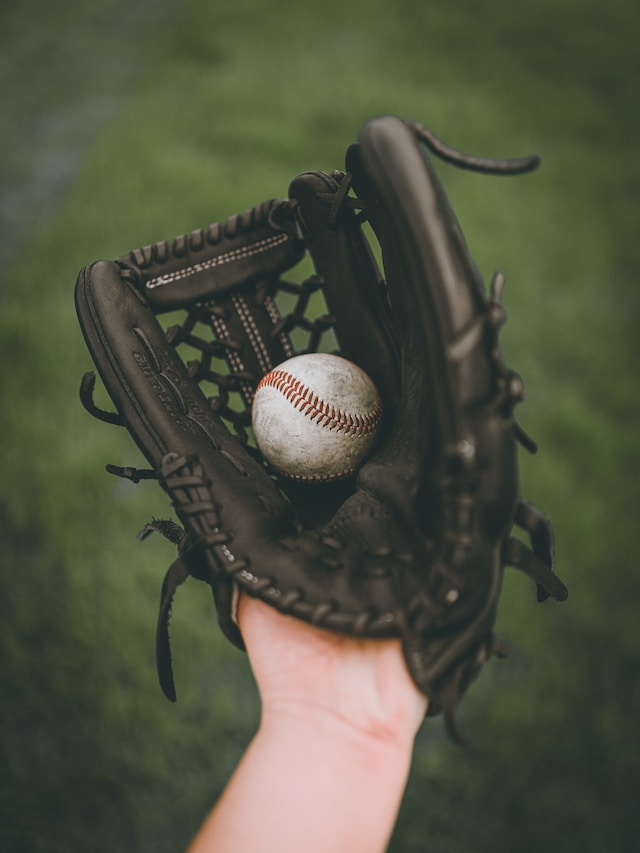Second base is an important position that is often referred to as “the keystone of the infield”. The second baseman must possess a diverse skill set, combining agility, quick reflexes, precise fielding, and exceptional double play abilities. In this article, we explore the responsibilities, skills, positioning, and tips that make the second baseman an indispensable asset on the field.
Defensive Prowess
The second baseman’s primary responsibility is to secure the area between first and second base, making crucial plays to prevent opposing batters from reaching base and facilitating double plays.
Agile Fielding
The second baseman must possess remarkable agility and quick reflexes to field ground balls hit towards them or within their reach. Their ability to react swiftly and make accurate throws is essential in achieving defensive excellence.
Double Play Mastery
Second basemen are pivotal in turning double plays, working in tandem with the shortstop. They need to develop exceptional coordination and timing to catch throws from teammates, quickly touch second base, and deliver a strong and accurate throw to complete the double play.
Range and Coverage
The second baseman must cover a significant portion of the infield, moving quickly to either side to field ground balls and cover the base when necessary. Their ability to read the game and anticipate plays is crucial for successfully fielding balls hit in their vicinity.
Positioning and Tips
The second baseman’s positioning on the field is determined by game situations, baserunners, and defensive strategies.
Standard Position
With no runners on base, the second baseman usually stands to the right side of second base, providing an option for fielding ground balls hit in their direction and facilitating double plays.
Pivot on Double Plays
When a double play opportunity arises, the second baseman moves closer to second base, preparing to receive the throw from the shortstop or other fielders. They then make the pivot, touching the base and delivering a throw to first base to complete the double play.
Communication and Teamwork
The second baseman must communicate effectively with their teammates, especially the shortstop, to coordinate defensive plays and coverages. Clear and concise communication ensures smooth execution of double plays and maximizes defensive efficiency.
Offensive Contributions:
While defense is paramount, the second baseman is also expected to make offensive contributions, adding versatility and depth to the team’s lineup.
Hitting Ability
Second basemen should possess solid hitting skills, striving for consistent contact and the ability to drive the ball into gaps. They should have good plate discipline, the capacity to work the count, and the ability to hit for both average and power.
Base Running
Second basemen should be intelligent base runners, capable of reading the game and making sound decisions to advance or score when appropriate. Speed and smart baserunning instincts can be advantageous in creating scoring opportunities for the team.
Situational Awareness
Second basemen must understand the game situation and adapt their approach accordingly. This includes knowing when to sacrifice bunt, hit-and-run, or execute a well-timed steal.
Conclusion
The second baseman in baseball plays a pivotal role, combining exceptional defensive skills, double play mastery, and offensive contributions. With agility, quick reflexes, and precise fielding abilities, they excel in securing ground balls and facilitating double plays. Their positioning and communication skills are vital for coordinated defensive plays, while their hitting ability and base running instincts add depth to the team’s offensive arsenal. Mastering the art of being a second baseman requires continuous practice, situational awareness, and a passion for the game.







